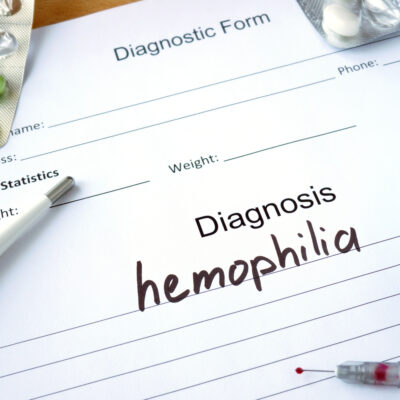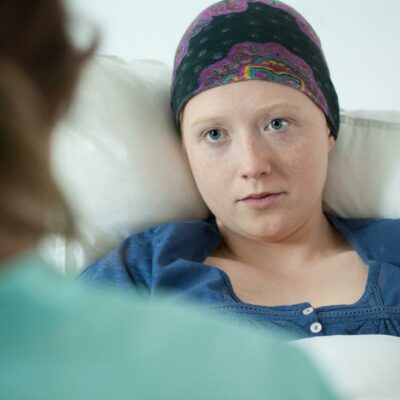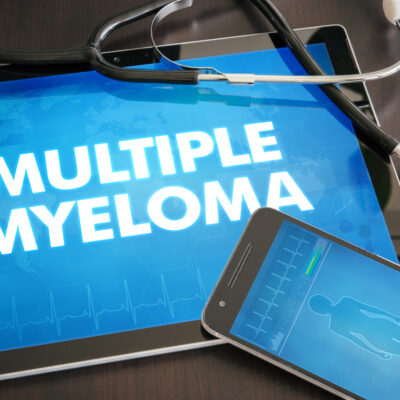
Health
Warning Signs of Depression to Watch Out For
It’s natural to feel down sometimes, especially when going through major life changes, like moving to a new city or a romantic relationship has ended. What’s not natural or normal is when these feelings of hopelessness persist for months on end. When these feelings endure and life feels too overwhelming, it can be a sign of clinical depression. The first step to recovering from depression is to determine whether the persistent and relentless dark feelings are depression or the occasional sadness we all experience. The following are the warning signs of depression to watch out for in yourself and your loved ones: Loss of interest Depression can rob people of the pleasure of activities and hobbies that were once enjoyable. Even social interactions can become overwhelming to a depressed person. A withdrawal from activities or loss of interest in hobbies you once looked forward to is a telltale sign of depression. Loss of energy and sleep changes People with depression often report feeling tired all the time to the point where their physical abilities have slowed down. This is one of the most debilitating symptoms of depression and this lack of energy can manifest itself in changes in a person’s sleep schedule.
Read More 















